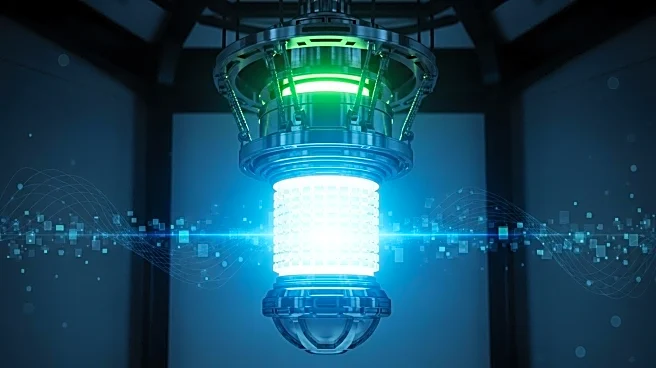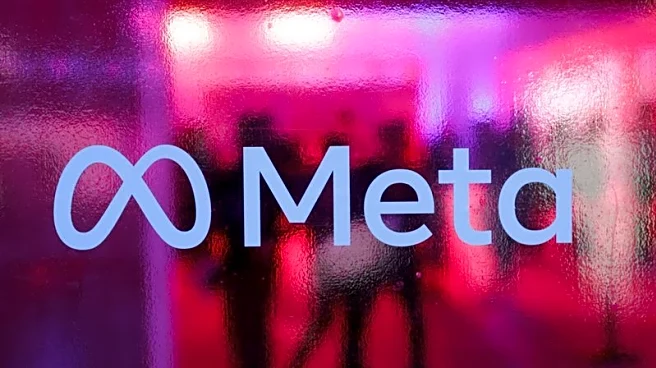What is the story about?
What's Happening?
The PJM Interconnection's proposal to integrate data centers into its system has faced significant criticism from various stakeholders, including independent power producers, utilities, and data center companies. The proposal, part of the Critical Issue Fast Path initiative, suggests treating new data centers over 50 MW as 'non-capacity-backed load' (NCBL), allowing PJM to curtail power deliveries to these centers before other electricity users in case of capacity shortfalls. This approach aims to expedite large load additions while maintaining power supply reliability. However, major data center companies like Google, Meta, and Microsoft, represented by the Data Center Coalition, argue that the proposal exceeds PJM's jurisdiction and undermines market integrity. They suggest focusing on improving demand forecasting and grid interconnection processes instead. Monitoring Analytics, PJM's market monitor, warns that the proposal could lead to increased power interruptions, which data centers requiring high uptime would likely reject.
Why It's Important?
The proposal's impact on the U.S. energy sector is significant, as it could alter how data centers, a rapidly growing industry, connect to the grid. If implemented, the NCBL status could shift costs to non-NCBL data center loads, potentially affecting investment in new power plants due to capped capacity prices. This could erode investor confidence and disrupt market price signals, as noted by East Kentucky Power Cooperative. The proposal also raises legal concerns, with stakeholders like Constellation Energy highlighting jurisdictional overreach and discriminatory practices. The governors of several states have called for improved load forecasting and transmission planning to address these issues. The outcome of this proposal could influence the future of data center operations and energy policy in the region, impacting both reliability and economic growth.
What's Next?
PJM plans to continue discussions with stakeholders, with the next meeting scheduled for September 15. The proposal is set to be filed with the Federal Energy Regulatory Commission in December, but stakeholders like Advanced Energy United warn that the complexity of the issue may hinder timely filing. The Electricity Customer Alliance suggests breaking the initiative into stages to stabilize prices in upcoming capacity auctions. This phased approach could provide more opportunities for stakeholder input and ensure well-considered market design changes. The ongoing debate and potential revisions to the proposal will be crucial in shaping the future of data center interconnections and regional energy policy.
Beyond the Headlines
The proposal highlights broader challenges in balancing rapid technological growth with energy infrastructure capabilities. As data centers continue to expand, ensuring reliable power supply without compromising market integrity becomes increasingly complex. The debate underscores the need for innovative solutions in energy management and policy-making, potentially driving advancements in demand response products and self-generation capabilities for large loads. The outcome may set precedents for how emerging industries integrate with existing energy systems, influencing future regulatory approaches and technological developments.
AI Generated Content
Do you find this article useful?















